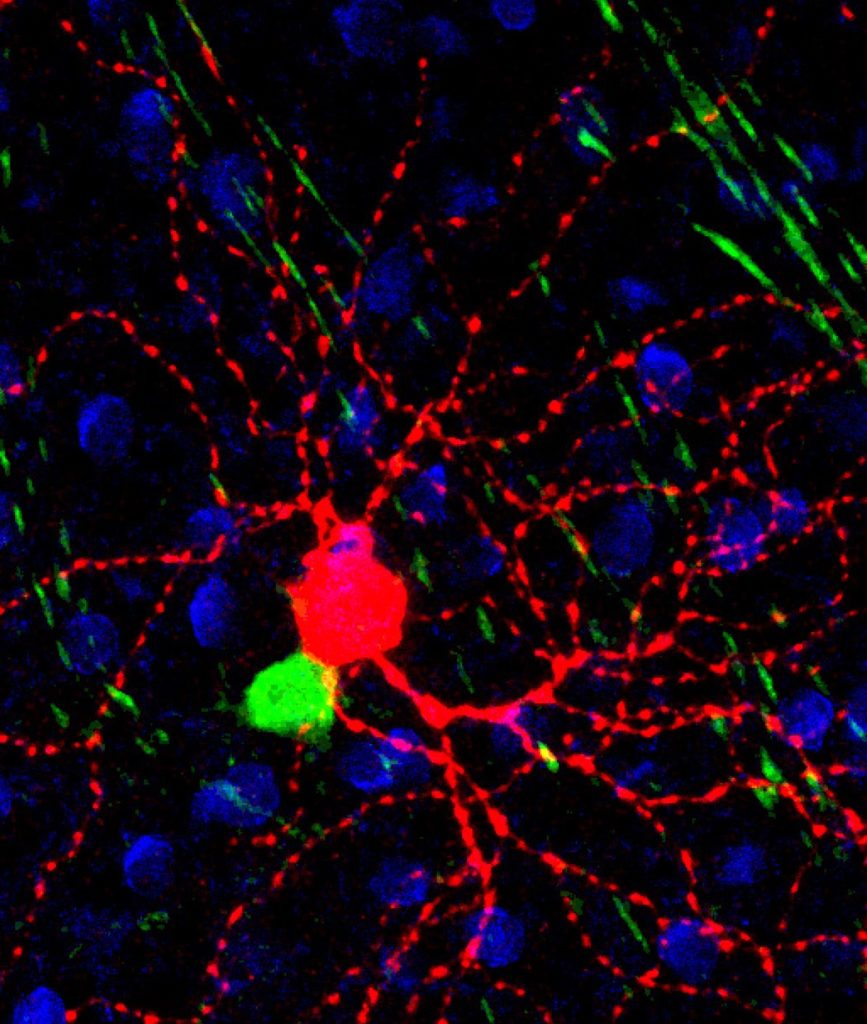
Early Detection of Cognitive Diseases
Principal investigator (PI), Xin Duan, PhD, and his team, which includes both co-PI Erik Ullian, PhD, and Kongyan Wu, PhD, seek to address a vital problem in neurodegeneration: how can nerve-damaging diseases be identified earlier to prevent more extensive damage?
Conceptually, Dr. Duan’s team aims to use the retina to establish a way to identify early signs of disease. Instead of simply focusing on the cell biology of degenerating neurons, this team of leading-edge investigators propose to investigate the problem by taking a larger view of the neural circuits within the eye and its component parts.
“There is increasing evidence that the visual system is involved in most neurogenerative diseases and thus could provide a novel early diagnostic inroad to common diseases such as Alzheimer’s and frontotemporal degeneration (FTD)/amyotrophic lateral sclerosis (ALS),” Dr. Ullian contributed. “Furthermore, we can map circuit function with unprecedented precision in the visual system, so it will undoubtedly give us greater insight into specific mechanisms of neuronal and circuit dysfunction in these diseases.”
Visual circuits – the neural networks that give us sight – offer great advantages for analyzing general neural circuits as they are highly accessible with well-characterized synaptic contacts and functional properties. Moreover, the retina and the visual pathways have recently been shown to be easily observable clinically.
Dr. Duan reasons that neural circuit studies represent a major advancement in the analysis of neurodegeneration-related changes.
Dr. Duan’s studies in visual circuits will shed light on other neural circuits across the central nervous system and may lead to early detection of Alzheimer’s disease in patients. They are investigating potential synergies in neurodegenerative disease research, including both glaucoma and Alzheimer’s. Dr. Duan and his team aim to establish a way to detect disease onset, evaluate its progression, and establish a platform to discover dysfunctional neural circuits – with the ultimate goal of preventing neurodegeneration and restoring circuit functions.
